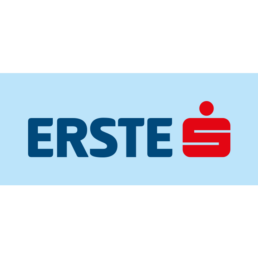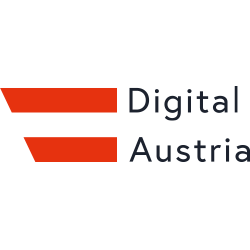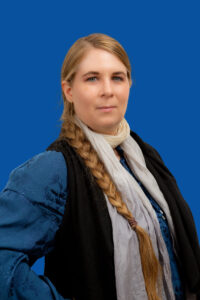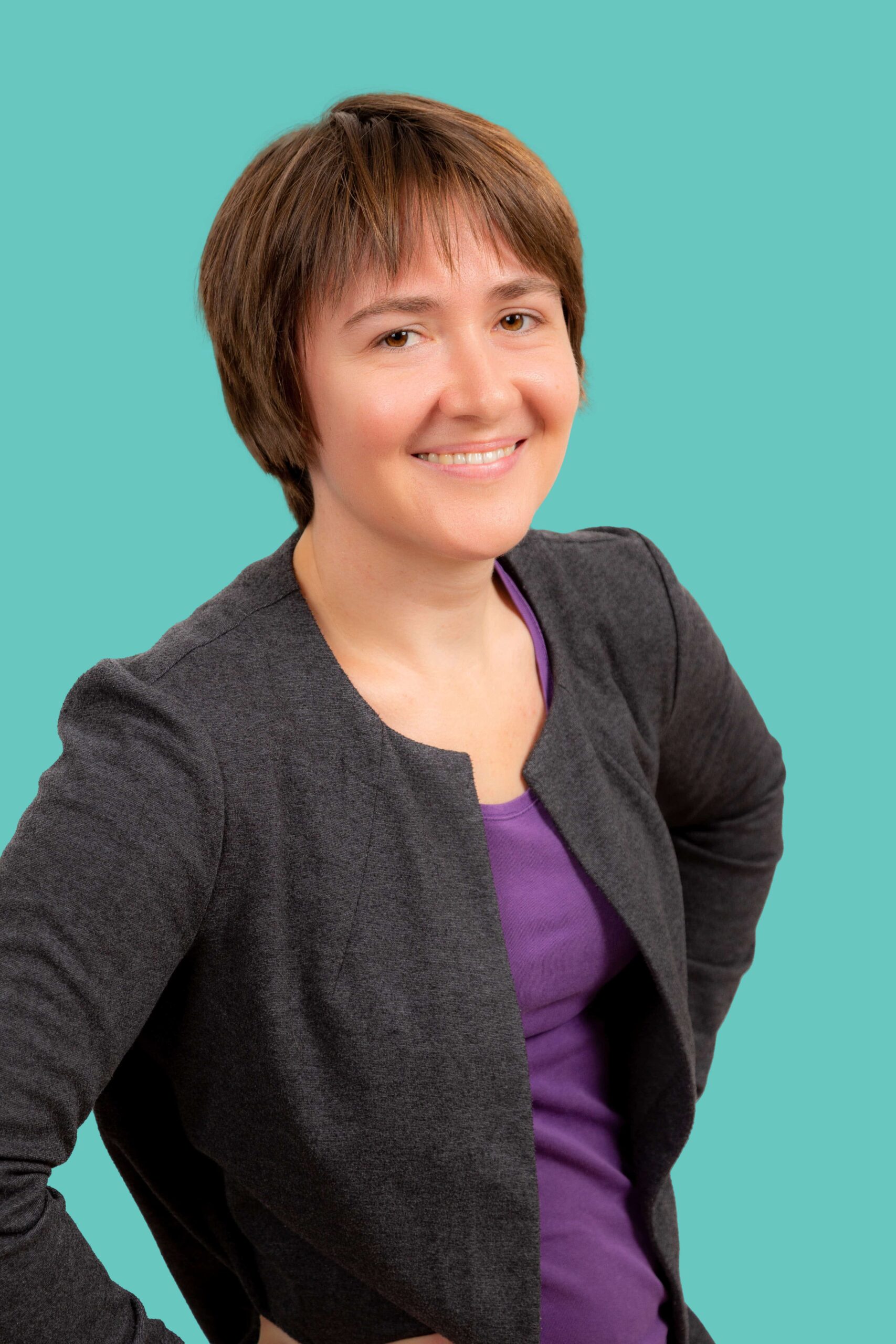
Traffic-App
Fully automated, real-time translation of disruption reports
into sign language
for public transport
Fully automated, real-time translation of disruption reports
into sign language
for public transport
into sign language
for public transport
into sign language
for public transport
Traffic-App
Fully automatic, real-time translation of disruption reports into sign language for public transport
Fully automatic, real-time translation of disruption reports into sign language for public transport


TARGET AUDIENCE
TARGET AUDIENCE
FACTS & FIGURES
70Million
Deaf worldwide
75 %of deaf people
are functionally illiterate
456.000People
in Austria are hard of hearing, deaf or later deaf
59%of the deaf people surveyed
in Austria state that they have not learned the written language or have not learned it sufficiently
70Million
Deaf worldwide
75 %of deaf people
are functionally illiterate
456.000People
in Austria are hard of hearing, deaf or later deaf
59%of the deaf people surveyed
in Austria state that they have not learned the written language or have not learned it sufficiently
Your Digital Solution
Your Digital Solution
Real Challenges & Your Digital Solution

The Problem: Incident reports and other passenger information in public transport are usually communicated via loudspeakers
The Solution: Digital visualization of automatically generated sign language

The Problem: Deaf people do not have access to loudspeaker announcements
The Solution: Integration of an animated avatar in a mobile app or information display

The Problem: Providing informational text is not a solution as 70-80% of the deaf are functionally illiterate and written language is difficult for the deaf to learn
The Solution: Fully automatic, real-time translation of loudspeaker announcements into sign language

The Problem: Impairment and lack of information of deaf people in public transport
The Solution: Creation of digital communication channels that can be managed and updated centrally

TRAFFIC-APP SOLUTION
TRAFFIC-APP SOLUTION
REAL-TIME SIGN LANGUAGE TRANSLATION
POSSIBLE APPLICATIONS
POSSIBLE APPLICATIONS
POSSIBLE AREAS OF APPLICATION

PUBLIC TRANSPORT LIKE BUS, TRAM, UNDERGROUND, S-BAHN (INFORMATION DISPLAYS, BROWSER APP, MOBILE PHONE APP)

RAILWAY STATIONS AND TRAINS (MONITORES, TICKET OFFICES, INFORMATION DISPLAYS)

AIRPORTS (VIDEO WALL, INFORMATION DISPLAYS, TICKET OFFICE, EMAIL NOTIFICATION)

BUSTERMINALS (INFORMATIONS-DISPLAYS, TICKETSCHALTER)

PUBLIC TRANSPORT LIKE BUS, TRAM, UNDERGROUND, S-BAHN (INFORMATION DISPLAYS, BROWSER APP, MOBILE PHONE APP)

RAILWAY STATIONS AND TRAINS (MONITORES, TICKET OFFICES, INFORMATION DISPLAYS)

AIRPORTS (VIDEO WALL, INFORMATION DISPLAYS, TICKET OFFICE, EMAIL NOTIFICATION)

BUSTERMINALS (INFORMATIONS-DISPLAYS, TICKETSCHALTER)
LEGAL COMMANDMENTS
LEGAL COMMANDMENTS
Accessibility as Official, Legal Imperatives
UN Convention on the Rights of Persons with Disabilities
The United Nations Convention on the Rights of Persons with Disabilities (UN Convention on the Rights of Persons with Disabilities, UN-CRPD) is an international treaty in which the signatory states undertake to promote, protect and guarantee the human rights of persons with disabilities.
In Austria, the UN Disability Rights Convention (accompanying document to the translation of the UN Disability Rights Convention) has been in force since October 26, 2008. It must be taken into account in legislation and enforcement (administration and judiciary).
European Accessibility Act
The European Accessibility Act is a directive that aims to improve the functioning of the internal market for accessible products and services by eliminating different rules in the Member States.
National legal regulations Germany
Accessible Information Technology Ordinance
On May 25, 2019, the new version of the Accessible Information Technology Ordinance (BITV) 2.0 came into force. It implements those requirements of Directive (EU) 2016/2102 on the accessibility of websites and mobile applications of public bodies that were not included in the updated Disability Equality Act (BGG) in 2018.
Bavarian law on equality, integration and participation of people with disabilities and amending other laws (BayBGG and ÄndG)
Bavaria was one of the first states to enact an equality law for people with disabilities. On June 25, 2003, the Bavarian state parliament unanimously passed the law on equality, integration and participation of people with disabilities (Bavarian Disability Equality Act - BayBGG -). It came into force on August 1st, 2003 and has since been updated and expanded several times, most recently with effect from August 1st, 2020.
Austrian Federal Disability Equality Act
The aim of this federal law is to eliminate or prevent discrimination against people with disabilities and thus to ensure the equal participation of people with disabilities in life in society and to enable them to lead a self-determined life.
REFERENCE PROJECT
REFERENCE PROJECT
WORLD FIRST IN VIENNA:AVATAR TRANSLATES INTERFERENCES IN VIENNA'S PUBLIC NETWORKIN SIGN LANGUAGE
-
Fault reports are created centrally in the Wiener Linien control center
-
Sign Time automatically translates the message into sign languages via avatar
-
The sign language symbol appears next to each fault message in the Wien Mobil app. Tapping will now open the video in sign languages.
-
The loudspeaker announcements via avatar in sign languages have been in test operation since April 2022 and are played out via the Wien Mobil app
-
An accompanying research project is being carried out by the Technical University (TU) Vienna to further improve the degree of automation
- Fault reports are created centrally in the Wiener Linien control center
- Sign Time automatically translates the message into sign languages via avatar
- The sign language symbol appears next to each fault message in the Wien Mobil app. Tapping will now open the video in sign languages.
- The loudspeaker announcements via avatar in sign languages have been in test operation since April 2022 and are played out via the Wien Mobil app
- An accompanying research project is being carried out by the Technical University (TU) Vienna to further improve the degree of automation
MORE DIVERSITY IN PUBLIC TRANSPORT
MORE DIVERSITY IN PUBLIC TRANSPORT
HOW OUR TECHNOLOGY WORKS
Sending the fault report
The standardized error text message comes from the customer control center to our SignTime server
Translation and quality control
The relevant text message is automatically analyzed, translated into a standardized sign language message and made available as a video file on a video server
Transmission and application
The link to the sign language video will be sent to the client for further use. The video can now be played directly on mobile apps or public screens
Sending the fault report
The standardized error text message comes from the customer control center to our SignTime server
Translation and quality control
The relevant text message is automatically analyzed, translated into a standardized sign language message and made available as a video file on a video server
Transmission and application
The link to the sign language video will be sent to the client for further use. The video can now be played directly on mobile apps or public screens
BUSINESS PARTNER & CLIENTS
BUSINESS PARTNER & CLIENTS
OUR INNOVATION NETWORK
























Who we are
Who we are
A COLORFUL TEAM
Frequently asked questions (FAQ)
Frequently asked questions (FAQ)
Questions & Answers
What are the advantages of SIMAX over translation recorded with human actors and actresses in the video studio?
In contrast to the conventional way of producing translations into sign language, SiMAX does not require a film studio or complex video technology. With a learning database in the background and sign language professionals, SiMAX translates your content into 3D animated sign language. If your text changes, SiMAX can update the translation quickly and inexpensively.
Why is SIMAX so efficient?
The traditional production of sign language translations is time-consuming and expensive: the translation is recorded by human actors in a video studio. The videos then have to be cut and edited in post-production. If part of the translation changes, the entire translation must be re-recorded. With SiMAX, translations can be created with a fraction of the time and money thanks to the learning database. This also makes it economically justifiable to translate large amounts of content.
What is the legal framework?
Accessibility requirements are already legally anchored in Austria:
– For example in the Federal Constitutional Law Art. 7 (equal treatment of disabled and non-disabled people in all areas of daily life) and Art. 8 (recognition of sign language as an independent language)
– In the UN Convention on the Rights of Persons with Disabilities – in force since March 2009
- In the Federal Disability Equality Act - BGStG)
– In the e-government law: All public websites must be barrier-free, including sign language.
In Germany: In the ordinance for the creation of barrier-free information technology according to the Disability Equality Act (Barrierefreie-Informationstechnik-Verordnung – BITV 2.0).
In Europe: European Disability Strategy 2010-2020 of the European Commission.
In the US: ADA Amendments Act of 2008: “No physical disability or learning disability shall in any way diminish a person's right to full participation in all aspects of society”.
Why not text? Deaf people can read!
Written language is an abstract form of spoken language. Anyone who has never heard spoken language therefore has difficulties in understanding written language. Because of these difficulties, written information is limited for the deaf.
Is sign language international?
Like all natural languages, sign language is subject to national and regional differences. In most countries there are national sign languages, which are expressed in different dialects.
What does ÖGS, DGS or ASL mean?
Sign language differs from one country to another. In Austria, for example, ÖGS (Austrian Sign Language) is used, in Germany DGS (German Sign Language) and in North America ALS (American Sign Language).
Is lip reading an alternative to sign language?
Lip reading is not an alternative to sign language. Lip reading relies to a large extent on guessing, guessing, and interpreting cues from the context of utterances.
How many people are deaf?
According to the World Federation of the Deaf (WFD), 70 million people worldwide are deaf.







